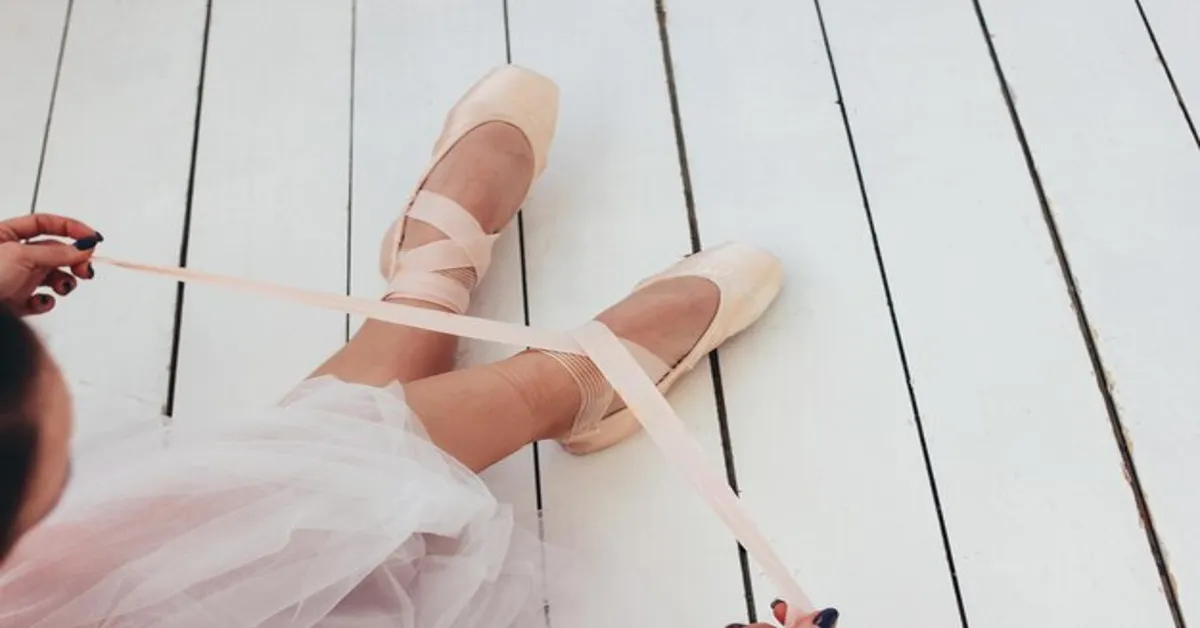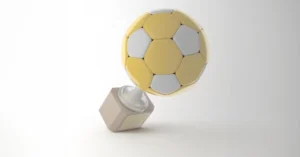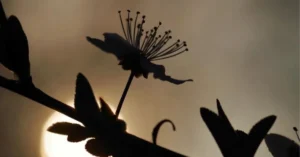Ballet shoes are an essential part of a dancer’s wardrobe, providing the necessary support, flexibility, and comfort required for movement. Whether you are a beginner or a professional dancer, finding the right pair of ballet shoes can significantly impact your performance. With various styles, materials, and fits available, making an informed choice is crucial.
In this guide, we will explore the history of ballet shoes, different types, how to choose the perfect pair, care tips, and answers to common questions about ballet footwear.
1. The History of Ballet Shoes
Ballet shoes have evolved significantly over time. In the early days of ballet, dancers performed in heeled shoes, which made movement difficult. In the 18th century, the heels were removed, allowing for greater flexibility. Marie Camargo, a famous ballerina of the time, was among the first to wear flat ballet slippers, which eventually led to the modern soft ballet shoe.
By the 19th century, advancements in dance technique led to the creation of pointe shoes, allowing dancers to perform on their toes. Today, ballet shoes continue to evolve, offering enhanced comfort, durability, and style.
2. Types of Ballet Shoes
Ballet shoes come in different types, each designed for specific purposes and skill levels. Understanding the differences can help dancers make the best choice for their needs.
1. Soft Ballet Shoes (Flat Shoes)
Soft shoes, also known as flat ballet slippers, are essential for both beginners and advanced dancers during practice and performances.
Features:
- Made from canvas, satin, or leather.
- Have a flexible sole for easy movement.
- Come with elastic bands or ribbons for a secure fit.
Best for:
- Beginners learning ballet fundamentals.
- Warm-ups and barre work for professional dancers.
2. Pointe Shoes
Pointe shoes are designed for dancers who have developed strong foot and ankle muscles to support dancing on their toes.
Features:
- Have a reinforced toe box that provides support.
- Contain a shank (supportive structure) in the sole.
- Typically made of satin with leather soles.
Best for:
- Advanced dancers transitioning to pointe work.
- Professional ballerinas performing en pointe.
3. Demi-Pointe Shoes
Demi-pointe shoes, also called pre-pointe shoes, serve as a transition between soft ballet shoes and pointe shoes.
Features:
- Similar to pointe shoes but without a hard toe box.
- Helps dancers build strength before going en pointe.
Best for:
- Students preparing for pointe work.
- Strengthening the feet and ankles before full pointe training.
3. How to Choose the Right Ballet Shoes
Selecting the right shoes depends on several factors, including experience level, comfort, and performance needs. Here’s what to consider:
✔ Skill Level: Beginners should start with soft shoes, while advanced dancers may need pointe shoes.
✔ Material: Choose between leather (durability), canvas (breathability), and satin (aesthetic appeal).
✔ Sole Type: Full-sole shoes offer more support for beginners, while split-sole shoes allow greater flexibility for advanced dancers.
✔ Fit: shoes should be snug but not too tight to restrict movement.
✔ Brand Preferences: Different brands like Bloch, Capezio, and Grishko offer various fits and styles.
4. Proper Fit and Sizing Guide
A well-fitted ballet shoe enhances performance and prevents injuries. Here’s how to ensure the perfect fit:
✔ Snug Fit: The shoe should hug the foot without excess material. ✔ Toes Should Lie Flat: No curling or excessive space at the toe box. ✔ Heel Test: If the heel slips off while standing, the shoe is too loose. ✔ Arch Support: The shoe should conform to the arch without gaps. ✔ Try with Ballet Tights: Wear tights or socks when fitting shoes to replicate actual use conditions.
5. Materials Used in Ballet Shoes
Ballet shoes come in various materials, each offering distinct advantages:
✔ Leather: Durable, provides great support, and molds to the foot over time. ✔ Canvas: Lightweight, breathable, and easier to clean than leather. ✔ Satin: Primarily used for pointe shoes due to their aesthetic appeal. ✔ Elastic and Ribbons: Help secure the shoe to the foot for stability.
6. How to Care for Shoes
Proper care extends the lifespan of ballet shoes. Follow these maintenance tips:
✔ Clean Regularly: Use a damp cloth for leather and a gentle wash for canvas shoes. ✔ Air Out After Use: Prevent moisture buildup by letting them dry naturally. ✔ Store Properly: Keep in a breathable bag, away from direct sunlight. ✔ Rotate Shoes: If practicing frequently, having two pairs helps extend their lifespan. ✔ Avoid Machine Washing: Hand cleaning is best for all ballet shoes.
7. Common Mistakes When Buying Shoes
Avoid these common mistakes when selecting shoes:
❌ Choosing the Wrong Size: Ballet shoes fit differently than street shoes—always try them on before purchasing. ❌ Skipping Professional Fitting: For pointe shoes, a professional fitting is essential to prevent injury. ❌ Ignoring Comfort for Aesthetics: Shoes should feel comfortable and secure, not just look pretty. ❌ Buying Without Understanding Sole Types: Beginners often start with full-sole shoes, while advanced dancers may prefer split-sole styles.
8. Conclusion and Final Thoughts
Ballet shoes are an essential part of every dancer’s journey, providing the foundation for movement, technique, and artistry. Whether you’re just starting or a seasoned dancer, selecting the right pair, ensuring a good fit, and maintaining them properly can enhance comfort and performance.
FAQs
1. How long do ballet shoes last?
The lifespan varies depending on use. Soft ballet shoes last 3-6 months, while pointe shoes may wear out within 12-20 hours of active use.
2. Can you wear shoes outside?
No. Ballet shoes are designed for indoor use only. Wearing them outside can cause damage to the soles and fabric.
3. Are shoes supposed to be tight?
Yes, ballet shoes should fit snugly but not cause discomfort or restrict movement.
4. Do ballet shoes have left and right feet?
Most soft shoes do not have a specific left or right side, but pointe shoes mold to each foot over time.
5. How do I break in new ballet shoes?
Wear them during practice, use your hands to gently bend them, and avoid forcing the break-in process too quickly.
If you’re looking for the perfect ballet shoes, visit a professional dance store for a fitting and explore different styles to find the best match. What’s your favorite brand or style of ballet shoes? Share your thoughts in the comments below!









